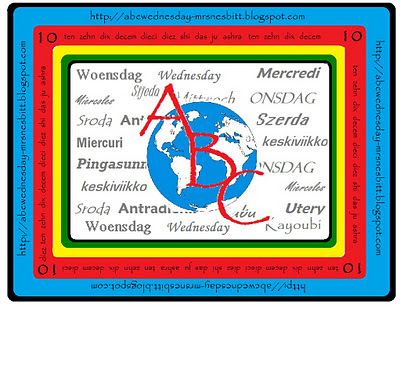Walk along the towpath of the Leeds-Liverpool Canal (celebrating its 200th birthday in 2016) from Shipley in Yorkshire this marvelous edifice comes into view around a bend at Saltaire. It is New Mill or the North Block of Salts Mill and built in an Italianate style; the chimney is based on the Campanile of Santa Maria Gloriosa dei Frari in Venice. Once a wool mill today it houses the National Health Trust who must have lovely window views of canal
and to the side, the River Aire. Built by Titus Salt as a wool mill when be bought farm land here because of the ideal transport links of both canal and railway but also because he had a vision of building a model village for his workers. A man of great religious faith he also built
the Congregationalist Church directly opposite the mills. The conditions in the slums of Bradford were dire at this time with high infant mortality and even an outbreak of cholera so when the workers came here to neat housing and open green spaces it must have been a revelation. The village, by combining his name and river name, became Saltaire.
No wonder when in 1876 Titus Salt died 100,000 people lined the street for his funeral cortege. The Salt family mausoleum is at the rear of the church on the right.
In the grounds by the entrance are also what was the office house and stables. Titus Salt had made the bulk of his fortune by the chance of finding Alpaca wool in a Liverpool docks warehouse which was being used as packing material in imported goods. He discovered that by combining it with Angora sheep wool it made a fine and desirable material. When in recent times ideas for a sculptures alongside the River Aire were imagined and drawn by the local school
it is no surprise one of them was of an Alpaca.
As well as housing, schools and churches Salt also built Saltaire Institute as a 'centre for recreation, culture and learning’ consisting of library, gymnasium and rifle drill-room, fencing room, armoury, chess room, laboratory and lecture theatre, bagatelle and billiards room, a school of art, and a large dance hall with a fully sprung floor. Wow there was a whole lot going on in there. Today owned by the Salt Foundation charity trust and renamed Victoria Hall it is still a centre for recreational use with the addition of weddings and film locations.
Saltaire was designated a UNESCO World Heritage Site as an "exceptionally well preserved industrial village that had a profound influence" on similar model villages built as a result of philanthropic paternalism (such as Port Sunlight which I pictured in a previous round of ABC Wednesday
here)
Although I am quite fond of taking photographs of vernacular housing my brief time in Saltaire meant I couldn't didn't get to amble along it planned streets and parks but by chance I did take a photo of one of the lions outside Victoria Hall
which were designed by sculptor Thomas Milnes and originally destined for the bottom of Nelson’s column in Trafalgar Square in London. Guess the capital decided they wanted something a whole lot bigger. Of course the housing is evident in the background and what is even better is that the road sign says Lockwood Street. Titus Salt's architects who designed the whole village and mills were Lockwood and Mawson and this is one of the streets, as thanks, he named after them.
An entry to ABC Wednesday, a journey through the alphabet, this week sojourning at S
here





